
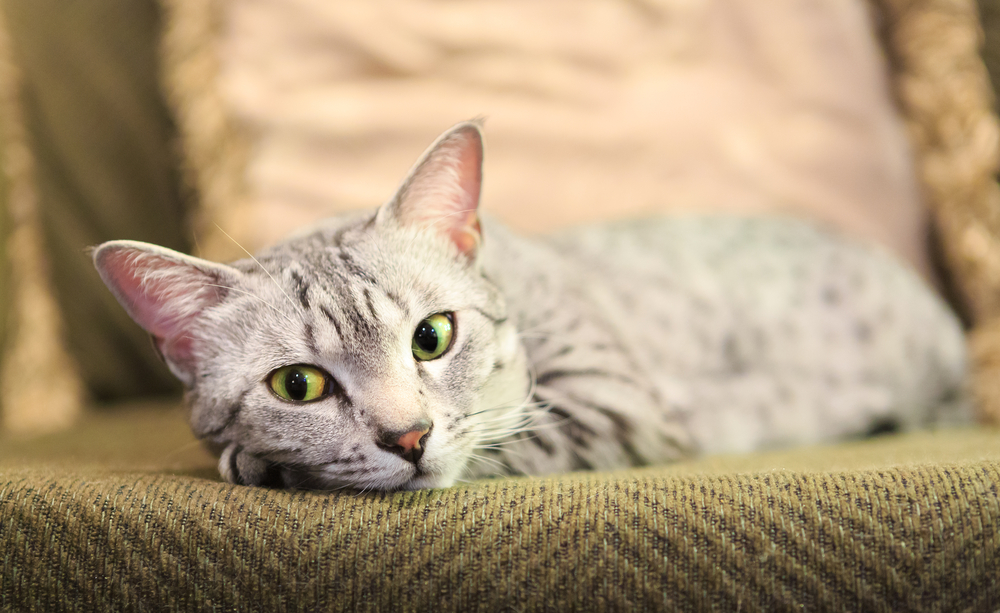
Escherichia coli, commonly known as E. coli, is a bacterium that normally resides in the lower intestines of most warm blooded mammals, including cats. Normally, the presence of E. coli is benign, and even beneficial, but in some cases it can cause a diseased condition called colibacillosis.
E. coli infection is most commonly seen in kittens in the first weeks of life. In the first day after giving birth, queens produce a watery milk that is rich in antibodies. This milk, called colostrum, plays a pivotal role in protecting a newborn kitten's undeveloped immune system against various infections, as it coats the intestinal tract, protecting the kitten from most infections. In the absence of these antibodies, kittens are more vulnerable to a number of infections, including E. coli infection.
If the pregnant queen is infected with E. coli, the bacteria can also invade a kitten's blood supply while it is still in uterus, during birth, or the kitten can acquire the infection from feeding from its mother's inflamed mammary glands.
Colibacillosis often leads to a condition called septicemia, or blood poisoning, meaning there is an dangerously high presence of bacteria in the blood. Though primarily a disease of young cats, it can also affect older cats, though usually not as severely.
Colibacillosis is sudden (acute) in nature and may cause following symptoms in affected kitten:
Colibacillosis is ultimately due to an E. coli infection. However, risk factors for this type of infection include poor health and nutritional status of the pregnant queen, lack of colostrum (first milk) to the kitten, unclean birthing environment, difficult or prolonged birth, crowded facilities, concurrent infection/disease, inflammation of the mammary glands in the nursing queen, and placement of intravenous catheter.
Due to the acute onset of this disease, few abnormalities may be noted in blood testing. In order to see if E. coli, or any other infectious agents are present in the cat's blood, your veterinarian will take blood, urine, and if possible, fecal samples for culture.
As colibacillosis is an acute condition, most affected kittens need to be hospitalized for emergency treatment. Good nursing care is required, with balanced fluids administrated by injection to restore body fluids. To treat diarrhea, a glucose solution will be administrated by mouth. Antibiotics can be prescribed initially based on the observed symptoms, and may be changed, if necessary, according to the results of the bacterial culture and sensitivity testing of E. coli.
Unfortunately, because of a newborn kitten's undeveloped immune system, treatment is often not successful and the newborn may succumb to death rapidly. Therefore, prompt treatment and supportive care is essential for saving the kitten's life.
Restricted activity, cage rest, monitoring, and warmth should be provided during the recovery period. To maintain an adequate nutritional level, bottle feeding or intravenous nutrients may be advised. This is necessary if the mother's mammary glands or blood are infected. Otherwise, it is preferable to have the kittens drinking their own mother's milk in order to benefit from the antibody rich milk.
During the recovery period, your veterinarian will take blood samples to run bacterial blood culture testing to determine the status of the infection. Home care will involve monitoring your kitten's body temperature and watching for any changes in health so that you can contact your veterinarian immediately for guidance. Once your kitten has stabilized and is out of danger, further treatment will depend on how the kitten progresses.
To prevent E. coli infection, make sure that your breeding, pregnant, or nursing queen is in good health and nutritional status. The birthing environment should be kept clean and sanitized, and bedding should be replaced frequently after the birthing (the linens that were used for the birthing should be discarded in a sanitary manner, as in most states they are considered hazardous waste material).
The most important safeguard for preventing E. coli infection in kittens is to allow them full access to their mother's colostrum (the first milk after birth). In addition, you must always wash your hands and change your outer clothing and shoes before dealing with newborn kittens in deference to their developing immune system. This is a general rule, but is especially important after handling other cats or animals.
Image: Sarah Fields Photography
 Why Do Cats Spray Indoors?
Why Do Cats Spray Indoors?
Why Do Cats
Why Do Cats Spray Indoors?
Why Do Cats Spray Indoors?
Why Do Cats
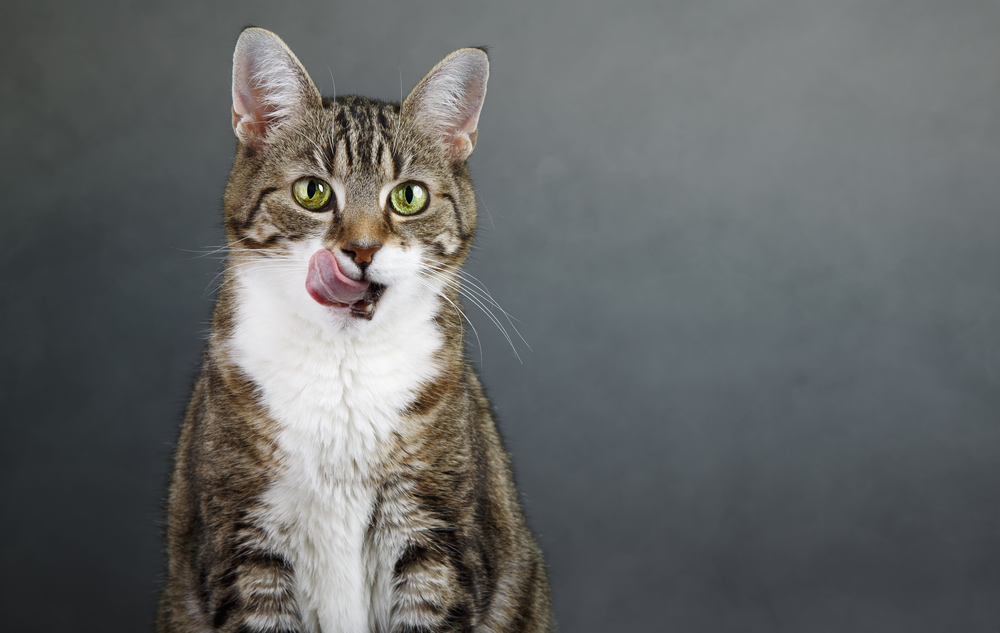 Lead Poisoning in Cats
Lead Toxicity in Cats
Lead poisoning
Lead Poisoning in Cats
Lead Toxicity in Cats
Lead poisoning
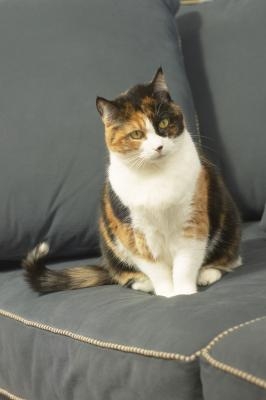 Why Do Cats Knead the Blankets Before Going to Sleep?
Why Do Cats Knead the Blankets Before Going to
Why Do Cats Knead the Blankets Before Going to Sleep?
Why Do Cats Knead the Blankets Before Going to
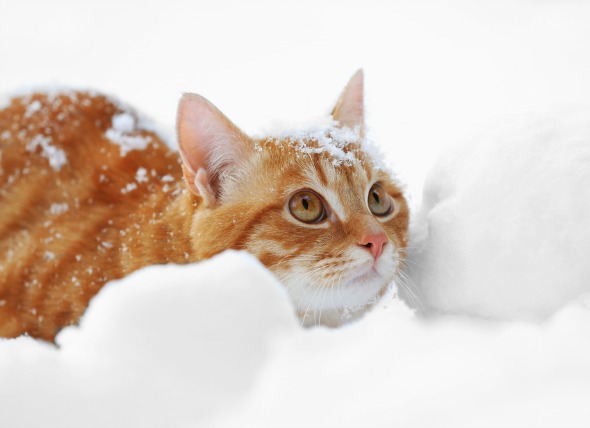 Low Body Temperature in Cats
Hypothermia in Cats
Hypothermia is a medical cond
Low Body Temperature in Cats
Hypothermia in Cats
Hypothermia is a medical cond
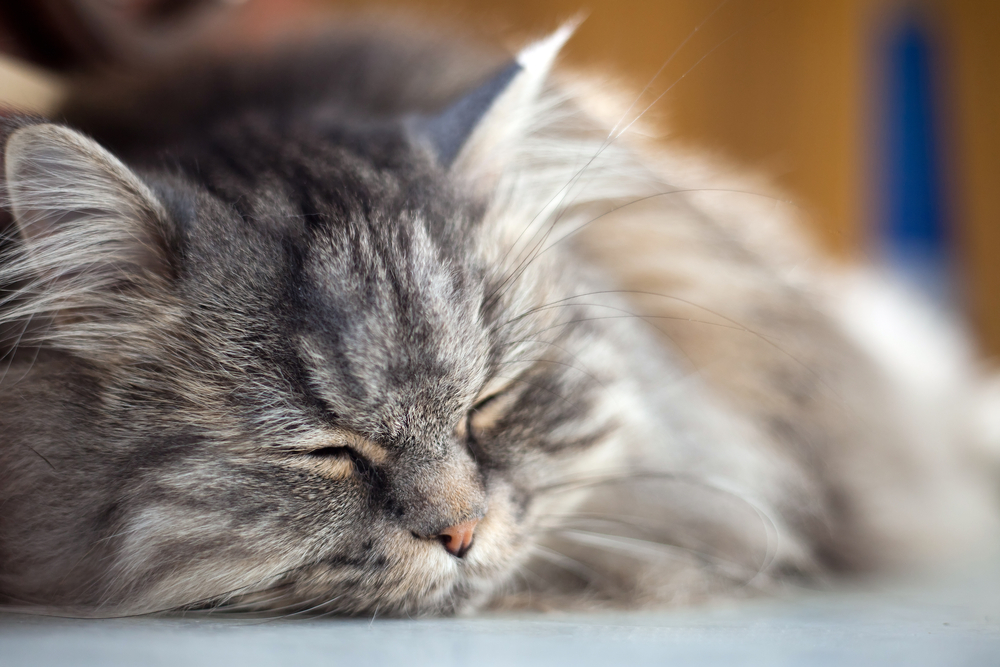 Ear Cancer (Adenocarcinoma) in Cats
Ceruminous Gland Adenocarcinoma of the Ear in Cats
Ear Cancer (Adenocarcinoma) in Cats
Ceruminous Gland Adenocarcinoma of the Ear in Cats
Copyright © 2005-2016 Pet Information All Rights Reserved
Contact us: www162date@outlook.com